This article was medically reviewed by Farah Khan, MD. Dr. Farah Khan is a Board Certified Allergist and Immunologist who graduated from fellowship in 2020. She specializes in asthma, food allergy, skin conditions, and rhinosinusitis care, and treats both adult and pediatric patients. Dr. Khan holds an MD from Ross University School of Medicine. She completed her Pediatric Residency training at INOVA Children's Hospital and her fellowship at Virginia Commonwealth University. Dr. Khan is an active member of the American Academy of Allergy, Asthma and Immunology as well as the Clinical Immunology Society.
This article has been viewed 60,099 times.
Getting an allergy skin test is a good way to determine if you are allergic to any types of pollen, foods, or substances. Allergy skin tests are not painful and can be done at your doctor’s office. To do the test, your doctor will prick or inject a very small amount of several substances into your skin. Measuring the wheals, or bumps, and the flare, or redness, that develops on your skin can help your doctor determine your allergies. Your doctor can then recommend that you avoid certain substances or foods so you can manage your allergies and stay healthy.
Steps
Getting the Skin Test
-
1Make an appointment with your doctor.[1] If you develop a rash, hives, or skin irritation that you can not determine the cause of, make an appointment with your doctor for an allergy skin test. You may also make an appointment for a skin test if you develop health issues and are not sure what is causing it. Your doctor can then recommend a skin test to help you determine what is causing your health problems.
-
2Allow your doctor to clean your forearm with alcohol. Before your doctor, or nurse, administers the test, they will use a medical pad dipped in alcohol to clean a large area on your forearm. This will ensure the area is sterile for the test.[2]
- Children usually get the test done on their upper back.
- If possible, discontinue any oral or nasal antihistamine medications for at least 72 hours prior to the test, otherwise these medications can impede skin testing results and cause false negative results.[3]
Advertisement -
3Get a skin prick test done for 10-40 substances. Your doctor will draw small marks on your skin and put a small drop of the allergen extract on each mark with a lancet.[4] Depending on your medical history, the doctor may test you for at least 10 allergens and up to 40, ranging from mold, pollen, pet dander, dust mites, and certain foods.[5]
- The test will not be painful, as the lancets will just barely pierce your skin. There should be no blood and you should feel a mild discomfort at most.
-
4Let your doctor apply a histamine or saline solution as a control for the test. Once your doctor applies the skin prick test, they will scratch a histamine over the skin pricks to check that your skin responds properly to the test.[6]
- They will also apply a glycerin or saline solution to determine if you have sensitive skin. Your doctor will then keep your sensitive skin in mind when they review the results of the test.
-
5Get a skin injection done to test for an allergy to penicillin or venom. If your doctor is concerned that you might be allergic to penicillin or venom, they may administer an allergy test where a small amount of the allergen is injected into the skin on your arm.[7]
- The skin injection will not be very deep so it should not be painful.
-
6Have a patch test done to test for an allergy to a particular substance. A patch test can help your doctor determine if you have any allergies that may not show up right away, or are delayed. Your doctor will prepare a patch that contains an allergen and then place it on your skin. They can test you for 20-30 allergens at a time, such as fragrances, hair dyes, latex, preservatives, and medications.[8]
- You will need to wear the patch for 48 hours and avoid bathing or doing strenuous activity that could cause you to sweat.
Examining Reactions on Your Skin
-
1Check for wheals and flares 15-20 minutes after you get the allergy skin test.[9] Your skin should react within 15-20 minutes of your doctor administering a skin prick or allergy injection test. Your doctor will have you wait in their office so they can review the results of the test.[10]
- Allergy skin tests are more accurate when they are left on for at least 15 minutes and no longer than 40 minutes.
- If you received a patch test, it may take at least 48 hours for any allergic reactions to appear. You may need to return to your doctor’s office to get the results of the test.
-
2Look for wheals that are 3 millimetres (0.12 in) in diameter or bigger. Wheals will appear as raised bumps that are swollen or red, much like mosquito bites.[11] They may itch or feel irritated. If you have wheals on any areas where an allergen was placed on your skin, you likely had an allergic reaction to the substance.[12]
- If you are allergic to multiple substances, you may have multiple wheals.
- Wheals that are smaller than 3 millimetres (0.12 in) in diameter may not be a sign of an allergic reaction.
-
3Check for flares that are bright red. Flares are patches of redness that appear due to an allergic reaction.[13] You may notice flares in the areas where the allergy skin test was administered. If you have flares and wheals in the same area, this usually means you are allergic to the substance.[14]
- The presence of flares and no wheals may mean your skin is irritated by the substance, but you are not allergic to it.
Discussing the Results with Your Doctor
-
1Allow your doctor to interpret the results of the test. Your doctor will examine your skin for wheals and flare to determine which substances you are allergic to.[15] They will have the training necessary to determine when your skin is irritated and when you are having an allergic reaction due to the substance.[16]
- If you have very large wheals due to an allergen, you may have a high level of sensitivity to a substance or food. Your doctor will let you know which substances you tested positive for in terms of an allergy.
-
2Get a second test done if you want to be sure of your allergies. It is possible for an allergy test to be inaccurate the first time around, causing a false positive or a false negative. If you want to be sure you are allergic to certain substances, you may ask your doctor to administer another round of skin tests.[17]
- Usually if you test positive for an allergy to a substance more than once, it means you are allergic to it.
-
3Adjust your diet or lifestyle to avoid contact with allergens. Once you determine what substances you are allergic to, you should do your best to avoid interacting with them. This may mean cutting certain foods out of your diet or switching your skin care products so you do not expose your skin to allergens. Your doctor should tell you how severe your allergies are to certain substances so you do not put your health at risk.[18]
- For example, if you have a mild allergy to cats, your doctor may recommend you stay away from cats and take allergy medication before you interact with cats. Or if you have a severe allergy to peanuts, your doctor may suggest you avoid eating peanuts and confirm foods do not have peanuts before you eat them.
- For some allergens, you may have a very minor reaction, such as a rash or skin irritation. But if you continue to expose yourself to the allergen, your reactions may get worse over time. Try to avoid being around any allergens so you stay healthy.
References
- ↑ Farah Khan, MD. Board Certified Allergist & Immunologist. Expert Interview. 5 January 2022.
- ↑ https://www.mayoclinic.org/tests-procedures/allergy-tests/basics/what-you-can-expect/prc-20014505
- ↑ Farah Khan, MD. Board Certified Allergist & Immunologist. Expert Interview. 5 January 2022.
- ↑ Farah Khan, MD. Board Certified Allergist & Immunologist. Expert Interview. 5 January 2022.
- ↑ https://www.mayoclinic.org/tests-procedures/allergy-tests/basics/what-you-can-expect/prc-20014505
- ↑ https://www.mayoclinic.org/tests-procedures/allergy-tests/basics/what-you-can-expect/prc-20014505
- ↑ https://www.mayoclinic.org/tests-procedures/allergy-tests/basics/what-you-can-expect/prc-20014505
- ↑ https://www.mayoclinic.org/tests-procedures/allergy-tests/basics/what-you-can-expect/prc-20014505
- ↑ Farah Khan, MD. Board Certified Allergist & Immunologist. Expert Interview. 5 January 2022.
- ↑ https://www.ncbi.nlm.nih.gov/pubmed/21703100
- ↑ Farah Khan, MD. Board Certified Allergist & Immunologist. Expert Interview. 5 January 2022.
- ↑ https://ctajournal.biomedcentral.com/articles/10.1186/s13601-016-0092-0
- ↑ Farah Khan, MD. Board Certified Allergist & Immunologist. Expert Interview. 5 January 2022.
- ↑ https://www.medicinenet.com/skin_test_for_allergy/article.htm
- ↑ Farah Khan, MD. Board Certified Allergist & Immunologist. Expert Interview. 5 January 2022.
- ↑ https://www.mayoclinic.org/tests-procedures/allergy-tests/basics/results/prc-20014505
- ↑ https://www.mayoclinic.org/tests-procedures/allergy-tests/basics/results/prc-20014505
- ↑ https://www.mayoclinic.org/tests-procedures/allergy-tests/basics/results/prc-20014505
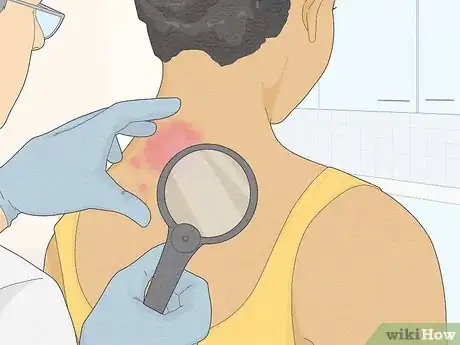

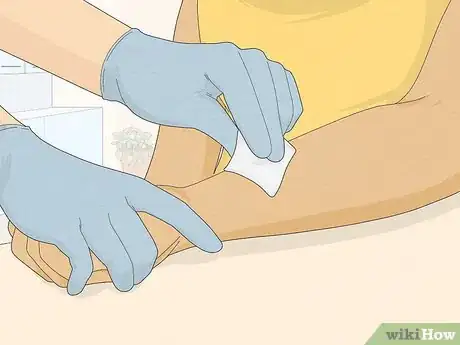
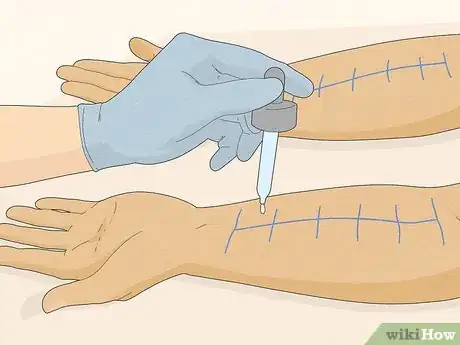
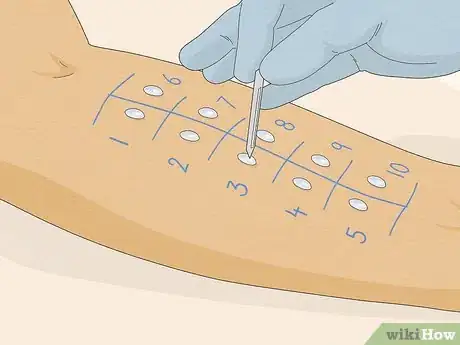
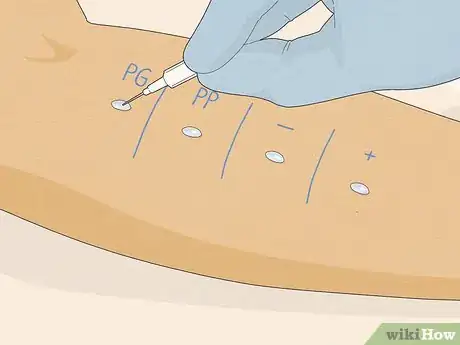
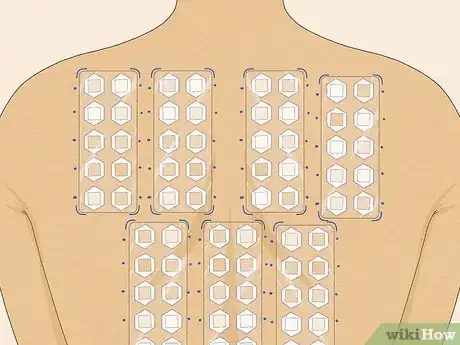
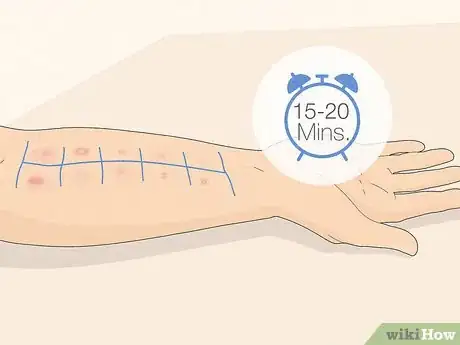
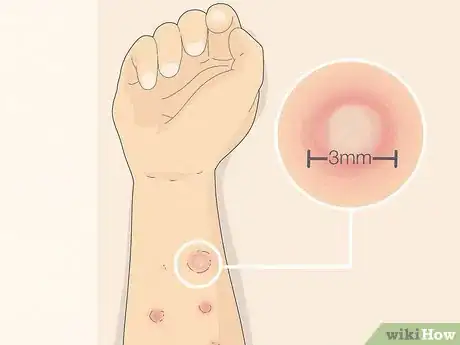
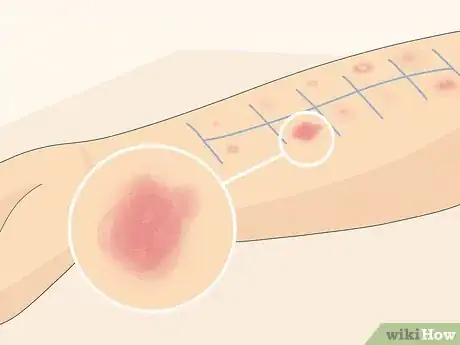
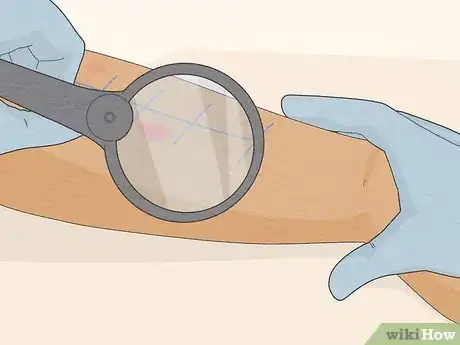
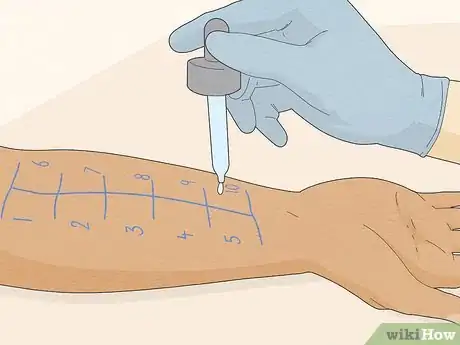
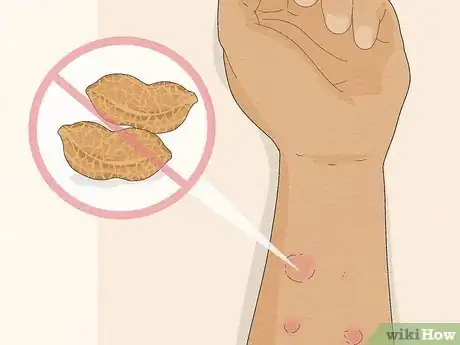



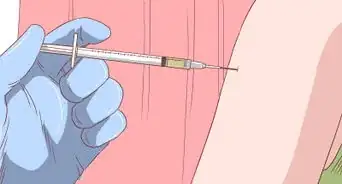



-Step-17-Version-3.webp)
















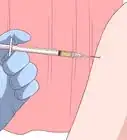



































Medical Disclaimer
The content of this article is not intended to be a substitute for professional medical advice, examination, diagnosis, or treatment. You should always contact your doctor or other qualified healthcare professional before starting, changing, or stopping any kind of health treatment.
Read More...